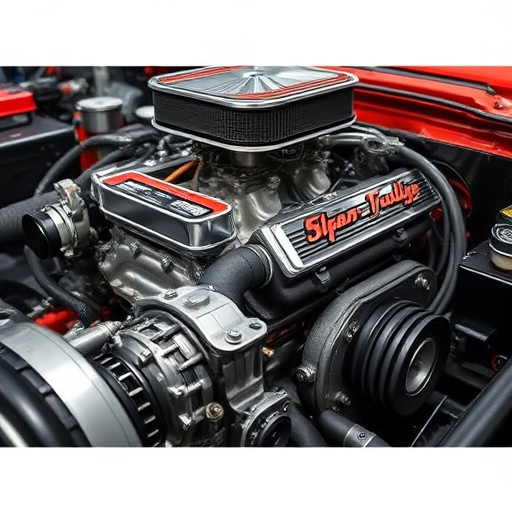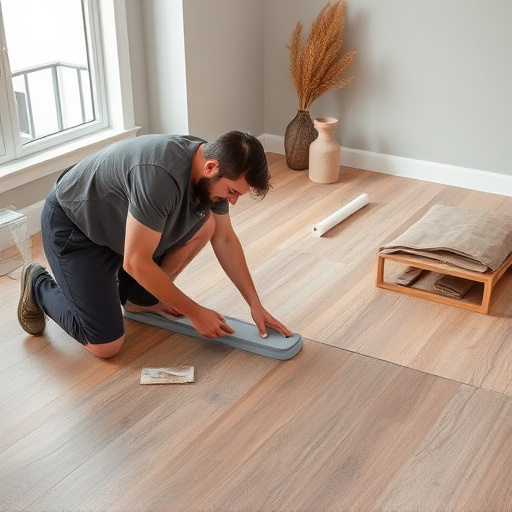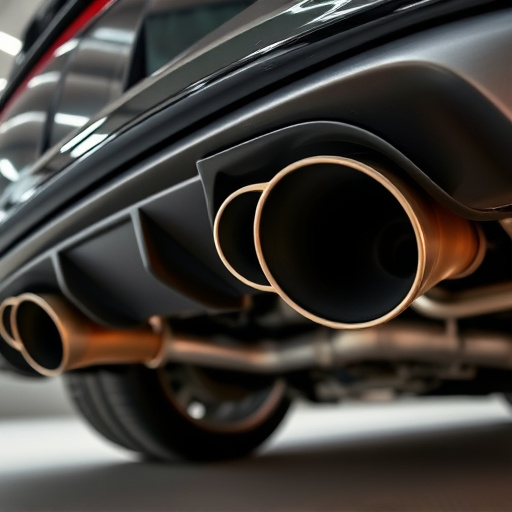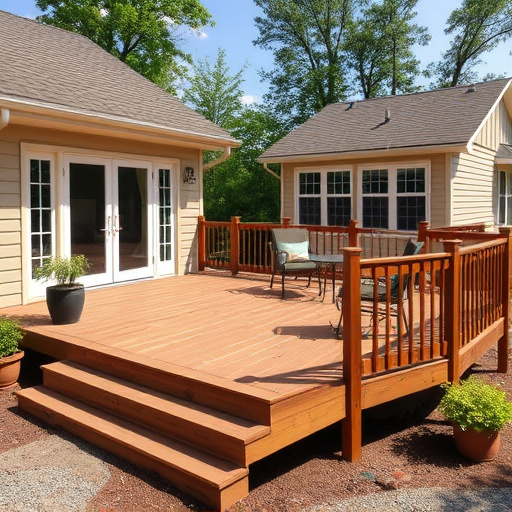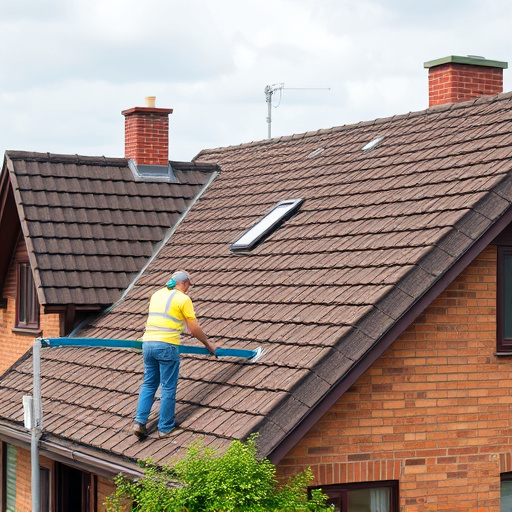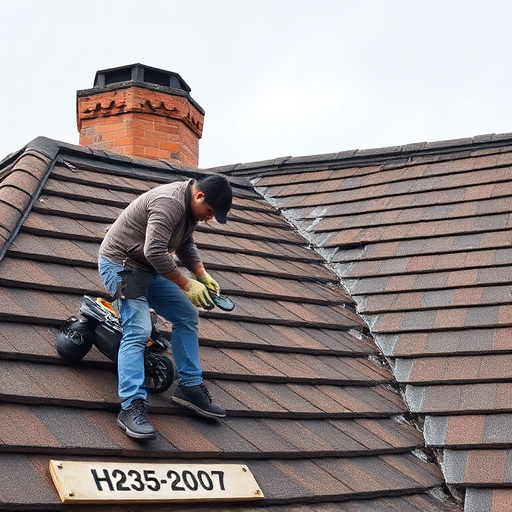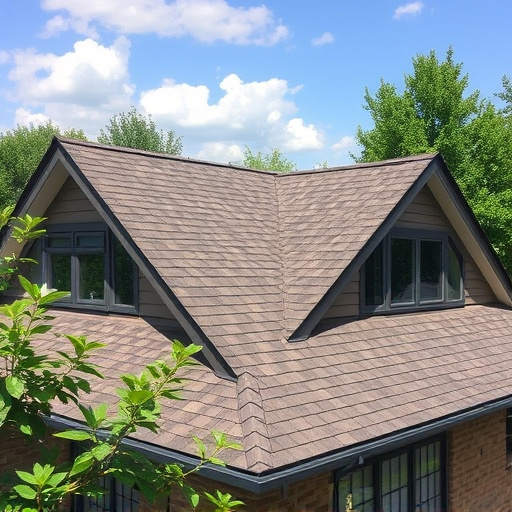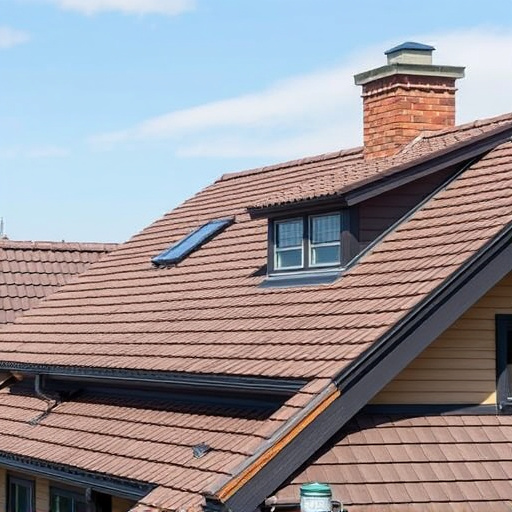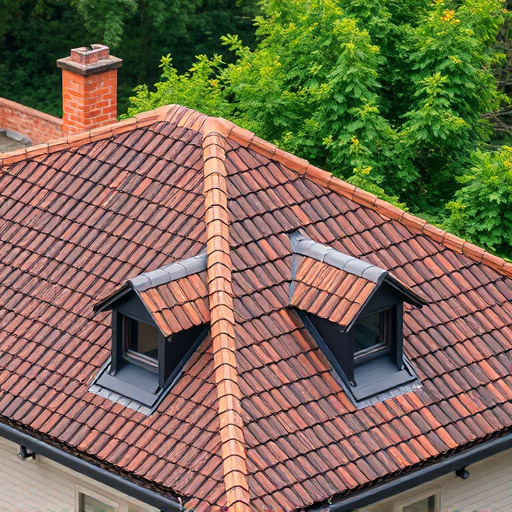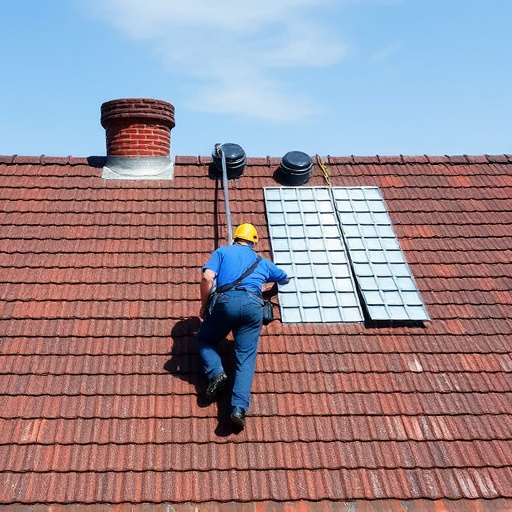Roof installation has evolved with advanced materials and techniques for durability, energy efficiency, and aesthetics. Modern processes include expert consultations, precise measurements, material selection, and innovative solutions like solar panels. High-quality shingles, underlayment, and flashing protect against weather damage. Proper roof installation enhances home value and curb appeal; DIY attempts carry risks of structural damage or safety hazards. Regular maintenance, inspections by licensed, insured contractors address leaks, mold, damaged shingles.
Roof installation is a crucial aspect of any property’s construction or renovation. In today’s world, understanding the modern processes behind it is essential for both homeowners and contractors. This article explores the top considerations when it comes to roof installation, including recent developments in materials and techniques. We’ll delve into key materials that ensure durability, discuss common mistakes to avoid, and offer insights to help you make informed decisions, ultimately leading to a robust and long-lasting roof.
- Understanding Modern Roof Installation Processes
- Key Materials and Their Role in Roof Durability
- Common Mistakes to Avoid During Installation
Understanding Modern Roof Installation Processes
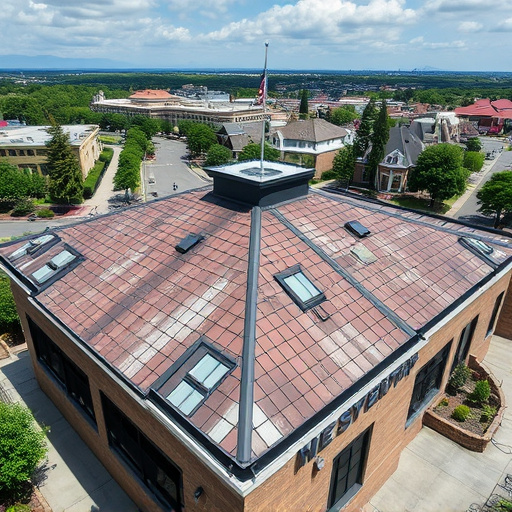
Roof installation has evolved significantly over the years, with modern processes incorporating advanced materials and techniques to ensure durability, energy efficiency, and aesthetic appeal. Today’s residential roofing installations go beyond traditional methods, integrating innovative solutions like solar panels for reduced energy costs and eco-friendly options that stand the test of time. The process typically begins with a comprehensive roof consulting session where experts assess the property, discuss design preferences, and provide tailored recommendations.
This is followed by precise measurements and material selection, crucial steps in achieving a successful installation. Advanced equipment and specialized tools are employed to ensure accuracy and efficiency throughout, from cutting and fitting materials to sealing every joint meticulously. Siding repairs, once laborious tasks, have also been streamlined using modern techniques, guaranteeing a seamless finish that complements the overall design of the home.
Key Materials and Their Role in Roof Durability
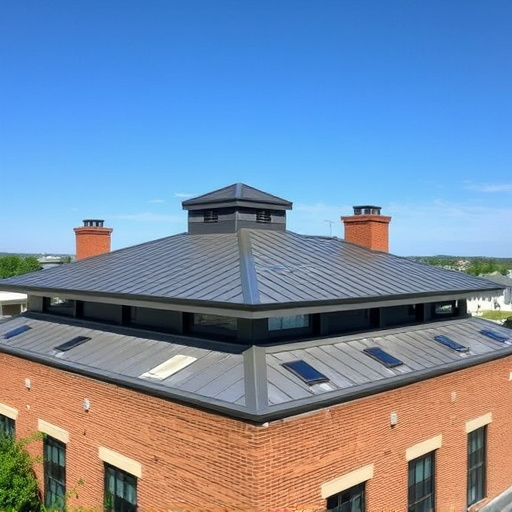
When it comes to roof installation, choosing the right materials is paramount for durability and long-term protection against the elements. Key components such as shingles, underlayment, and flashing play crucial roles in safeguarding your home’s investment. High-quality shingles, whether asphalt or metal, form the first line of defense against rain, snow, and intense sunlight, ensuring your home remains protected from weather-related damage. Underlayment acts as an extra barrier, preventing water seepage through minor cracks or gaps, while flashing, typically made of durable metals like copper or aluminum, seals joints and edges, further enhancing the roof’s integrity.
Investments in these materials not only extend the lifespan of your roof but also indirectly contribute to broader exterior home improvements. Properly installed and maintained roofs can enhance curb appeal and the overall value of your property, especially when considered alongside professional siding or other exterior enhancements. Prioritizing quality during the roof installation process is a strategic move that pays off in both aesthetics and structural integrity over time, making it an essential aspect to consider for any homeowner.
Common Mistakes to Avoid During Installation
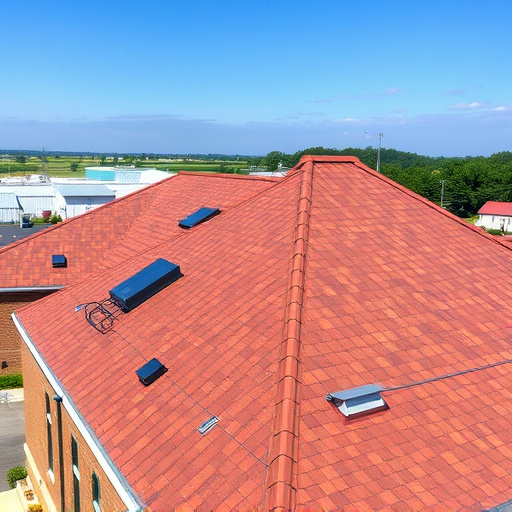
Roof installation is a significant project that requires careful planning and execution to avoid costly mistakes. One of the most common errors homeowners make is attempting a DIY roof installation, which can lead to structural damage or safety hazards if not done correctly. It’s crucial to leave this task to professionals who have the expertise and equipment to handle complex tasks, like navigating difficult angles and ensuring proper drainage.
Another mistake to avoid is neglecting regular maintenance before installing a new roof or replacing siding. Without addressing existing issues such as leaks, mold, or damaged shingles, any new work could be compromised. Reputable roofing contractors offer comprehensive services, including thorough inspections and repairs, guaranteeing a longer-lasting and more effective roof installation or siding replacement. Additionally, always ensure your contractor is licensed and insured to protect against potential liability and financial losses.
Roof installation has evolved significantly, incorporating modern processes, durable materials, and techniques aimed at enhancing both aesthetics and functionality. By understanding these advancements, homeowners can make informed decisions, avoid common mistakes, and ensure their roofs stand the test of time. Familiarizing yourself with the latest trends in roof installation is a proactive step towards safeguarding your home’s most critical protection against the elements.

